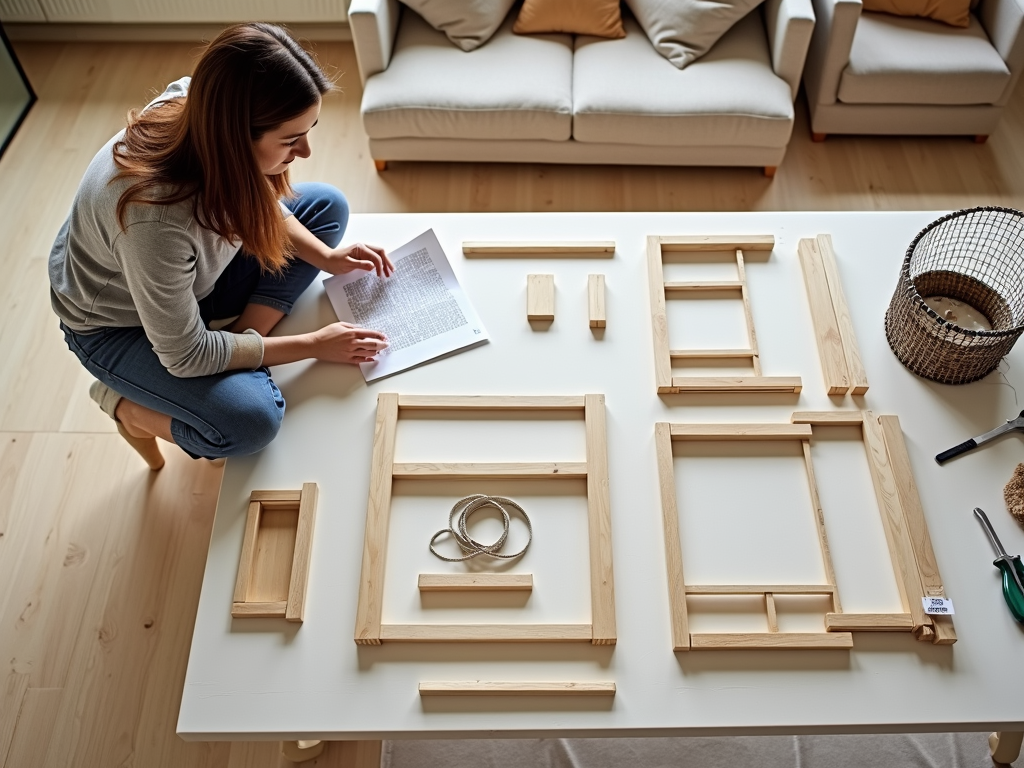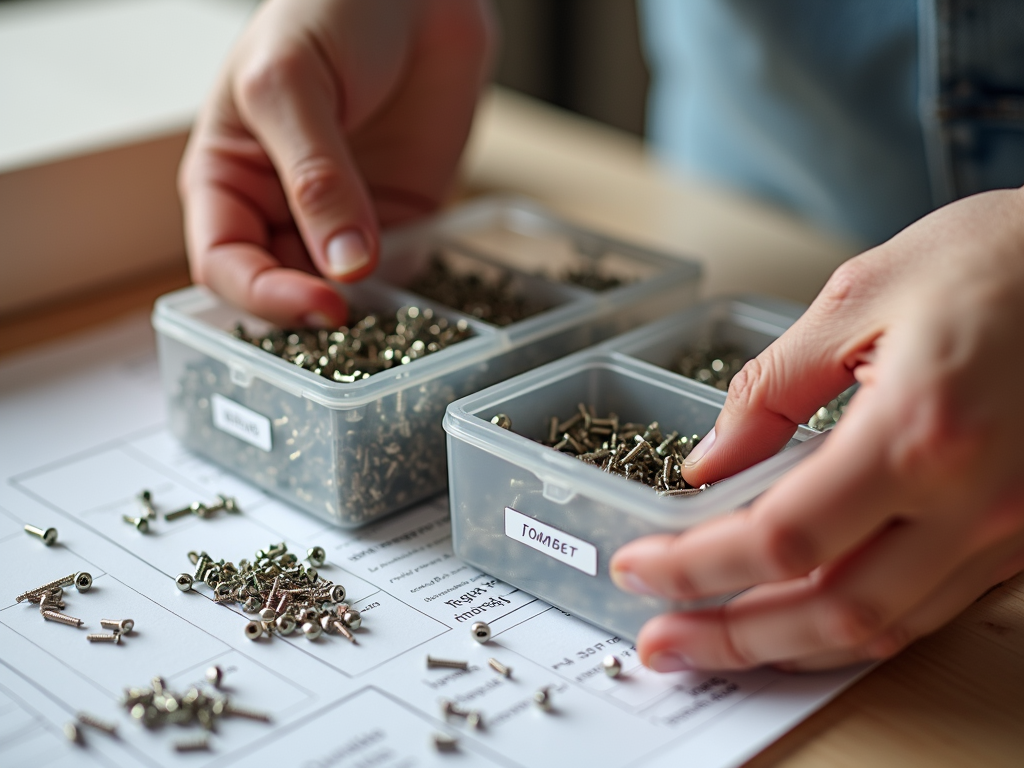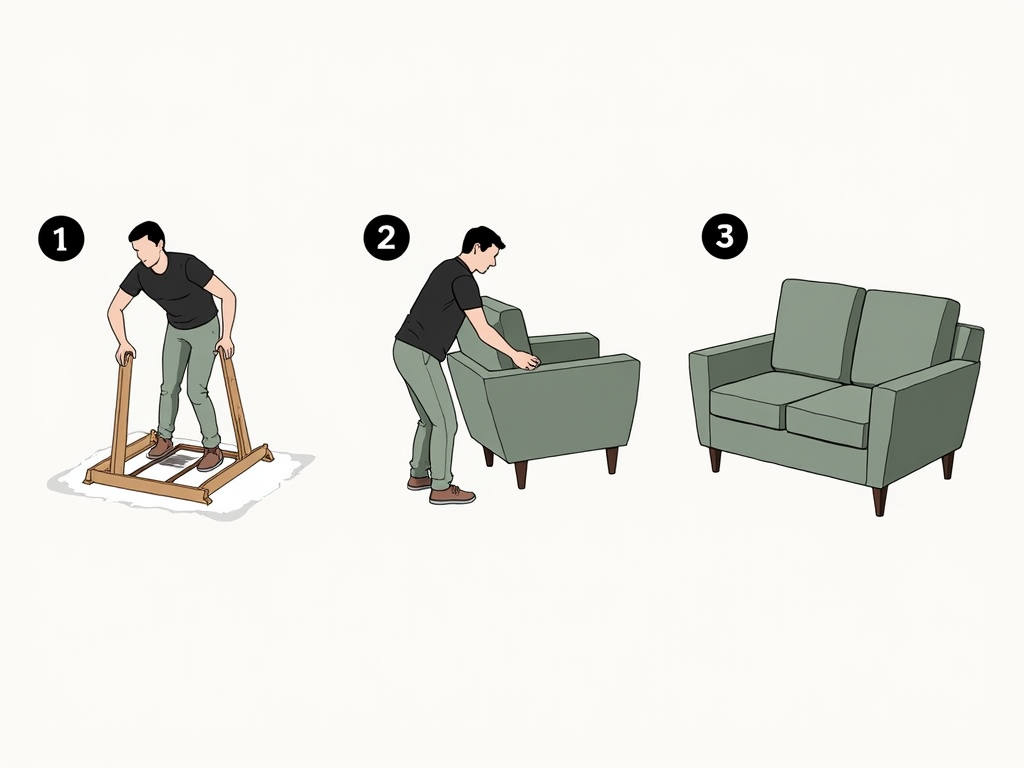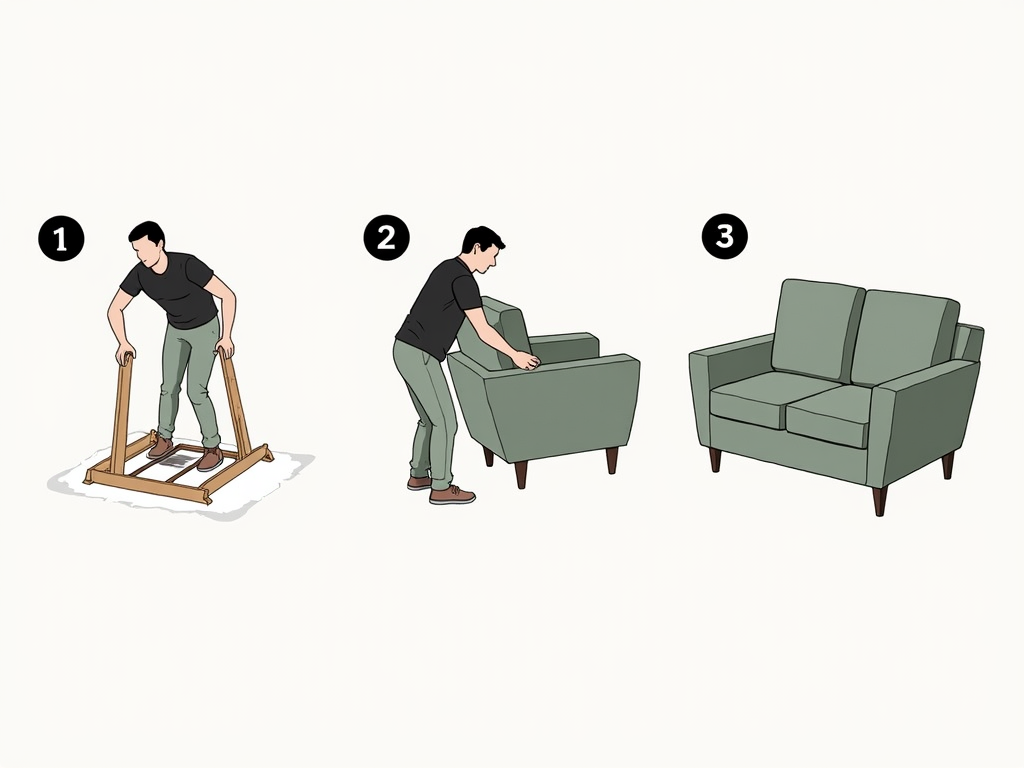Featured Post
Assembling Furniture with Ease: A Step-by-Step Guide
Have you ever stared at a pile of furniture parts and instructions, feeling overwhelmed? You're not alone. Assembling furniture can seem like a daunting task, but it doesn't have to be. With the right approach and a bit of patience, you can turn this challenge into a rewarding experience. Not only will you save money by doing it yourself, but you'll also gain a sense of accomplishment and maybe even discover a new hobby. In this guide, I'll walk you through the process of assembling furniture with ease, sharing tips and insights from my own experiences. Whether you're putting together a simple bookshelf or a complex sofa, you'll find the steps straightforward and manageable.

Benefits of Assembling Furniture Yourself
There are several reasons why you might choose to assemble furniture yourself. First and foremost, it can save you a significant amount of money. Hiring a professional to assemble your furniture can be expensive, and those costs add up quickly, especially if you have multiple pieces to put together. By doing it yourself, you can allocate those savings to other home improvement projects or simply keep them in your pocket.
Another benefit is the ability to customize your furniture. When you assemble it yourself, you have the opportunity to make small modifications or adjustments to suit your needs. For example, you might decide to add extra shelves to a bookcase or adjust the height of a desk. This level of customization is often not possible when you buy pre-assembled furniture.
Finally, there's the satisfaction that comes from completing a DIY project. There's something incredibly rewarding about looking at a piece of furniture and knowing that you put it together with your own two hands. It's a tangible reminder of your capabilities and can boost your confidence for future projects.

Preparing for Assembly
Before you dive into assembling your furniture, it's crucial to set yourself up for success. Start by choosing a suitable workspace. You'll need a flat, stable surface with plenty of room to spread out the parts and tools. If possible, work in a well-lit area to make it easier to see small details and read instructions.
Next, gather all the tools you'll need. Most furniture assembly requires basic tools like a screwdriver, a hammer, and possibly an Allen wrench. Check the instructions to see if any specific tools are recommended. It's also a good idea to have a small container to hold screws and other small parts to prevent them from getting lost.
Speaking of instructions, take the time to read them thoroughly before you start. Understanding the steps involved will help you anticipate what's coming and avoid mistakes. If the instructions are unclear or you're unsure about something, don't hesitate to look for online tutorials or videos that might provide additional guidance.

Step-by-Step Assembly Guide
-
Organize the Parts: Lay out all the parts and hardware in an orderly fashion. Group similar items together, such as screws of the same size or panels that go together. This will make it easier to find what you need as you progress through the assembly.
-
Follow the Instructions: Start with the first step and proceed methodically. Don't skip ahead, as each step often builds upon the previous one. If you're assembling a sofa, for example, you might begin by attaching the legs to the base before moving on to the backrest.
-
Use Tools Properly: Make sure you're using the right tool for each task. For instance, use a screwdriver for screws and a hammer for nails. If the furniture comes with an Allen wrench, use it for the corresponding bolts. Applying the correct tool will make the process smoother and prevent damage to the parts.
-
Take Your Time: Rushing through the assembly can lead to mistakes. Take breaks if you need to, especially if you're feeling frustrated. Remember, it's better to take your time and do it right than to hurry and have to redo steps later.
-
Check for Stability: As you assemble, periodically check that the furniture is stable and level. Tighten any loose screws or bolts to ensure the piece is sturdy.

Troubleshooting Common Issues
Even with careful preparation, you might encounter some hiccups during assembly. Here are some common issues and how to handle them:
-
Missing Parts: If you discover that a part is missing, don't panic. Check the packaging again to make sure you didn't overlook it. If it's truly missing, contact the manufacturer's customer service. Many companies are willing to send replacement parts free of charge.
-
Unclear Instructions: If the instructions are confusing, try to find alternative resources. Look for video tutorials online or see if the manufacturer has a helpline you can call for assistance.
-
Mistakes During Assembly: If you realize you've made a mistake, such as attaching a part incorrectly, carefully disassemble the affected area and correct it. It's better to fix it early on than to have a wobbly piece of furniture later.

Tips for Assembling Specific Furniture Types
While the general principles of furniture assembly apply to most pieces, some types require special attention. Here are tips for assembling a sofa:
-
Check the Frame: Ensure the frame is sturdy and all joints are secure. A wobbly frame can compromise the entire structure.
-
Attach the Legs Properly: Make sure the legs are screwed in tightly and evenly. Uneven legs can cause the sofa to rock or sit unevenly.
-
Secure the Cushions: If the sofa has removable cushions, ensure they are attached correctly according to the instructions.
For other furniture types, such as beds or dining tables, similar principles apply. Always prioritize stability and follow the manufacturer's guidelines.

Conclusion
Assembling furniture with ease is within your reach. By preparing your workspace, following instructions carefully, and taking your time, you can turn what might seem like a daunting task into a manageable and even enjoyable project. Remember, the key is to stay organized and patient. With practice, you'll become more confident in your DIY skills and might even look forward to your next furniture assembly challenge.









